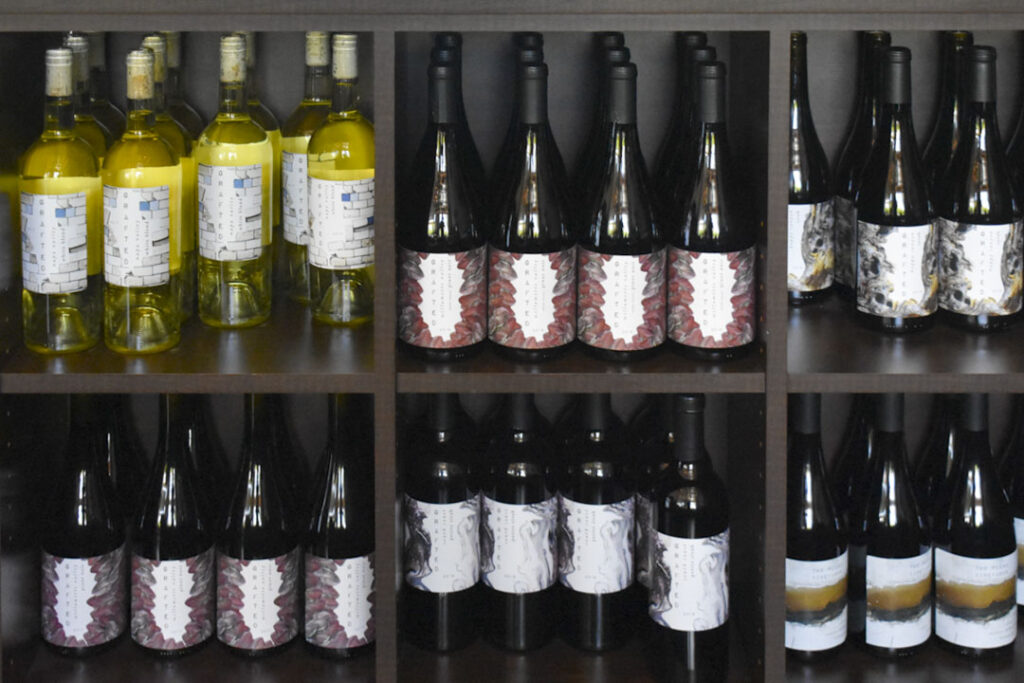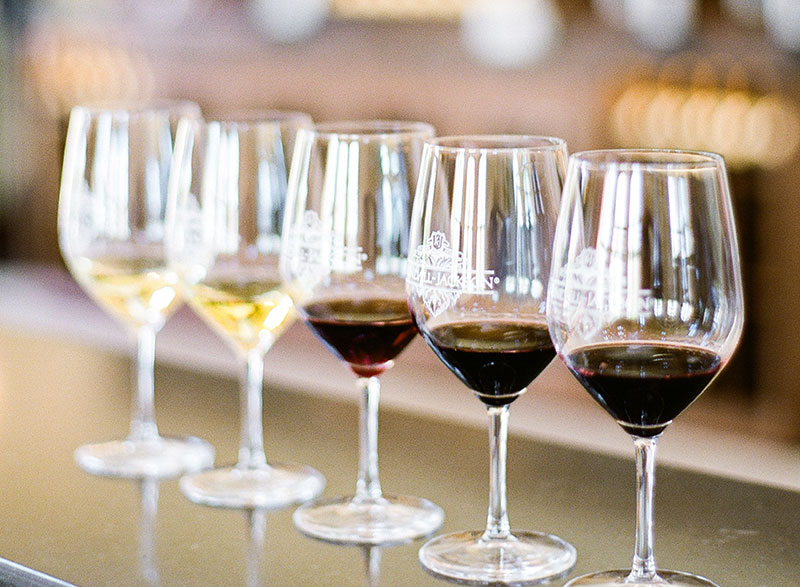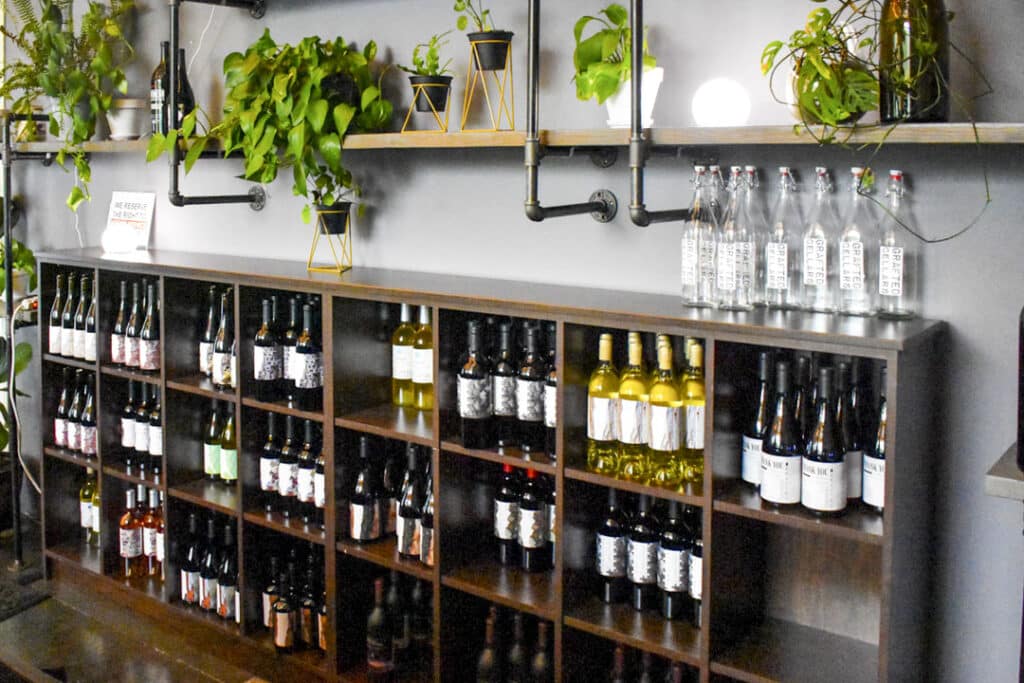The Ultimate Guide to Winery Tasting Rooms
Wine tasting is more than just a leisurely activity; it’s an art form, a journey through the senses, and an exploration of culture and history. And what better place to embark on this delightful journey than in the serene ambiance of a winery tasting room?
In this ultimate guide, we will take you through everything you need to know about winery tasting rooms, from the basics of wine tasting etiquettes to the nuances of different wine varieties and the best wine tasting rooms worldwide. So, grab your wine glass, and let’s uncork the secrets of the perfect winery tasting experience.
Understanding the Basics
Wine tasting might seem like a fancy affair reserved for sommeliers and experts, but it’s for everyone who enjoys a good glass of wine. Here are the fundamental steps to savoring wine like a pro:
- See: Hold your glass against a white background and observe the color. White wines range from pale straw to deep gold, while red wines vary from light ruby to deep purple. The color can offer hints about the wine’s age and grape variety.
- Smell: Swirl your glass gently to release the wine’s aromas. Stick your nose into the glass and take a deep sniff. Note the different scents, ranging from fruity and floral to spicy and oaky. The smell can tell you a lot about the wine’s complexity and aging process.
- Sip: Take a small sip and let it linger in your mouth. Pay attention to the taste, acidity, sweetness, and tannins. Tannins are compounds in red wines that create a drying sensation in your mouth. The balance of these elements determines the wine’s overall flavor profile.
- Savor: Pay attention to the aftertaste or finish after swallowing (or spitting if you’re tasting multiple wines). Does it linger pleasantly, or does it disappear quickly? A long finish often indicates a high-quality wine.
The Role of Wine Flights in Tasting Room
Discover a world of wines through thoughtfully curated wine flights. Experience an interactive way to compare and contrast different wine styles and varietals. Embark on a sensory journey as themed wine flights take you on an exploration of flavors and aromas.
Guided wine flights offer an opportunity to expand your knowledge and explore new tastes under the expertise of winemakers. Customize your wine flight, selecting various options for your preferences and interests. Wine flights in tasting rooms give wine enthusiasts unique experiences that enhance their appreciation for winemaking.
What is a Wine Flight and How Does it Work?
A wine flight is a great way to experience a variety of wines in one sitting. It allows you to combine different wines, discover new tastes and varietals, and enhance your wine knowledge. A wine flight typically offers a curated selection of wines for tasting, allowing you to compare and contrast flavors.
Why Should You Opt for a Wine Flight?
Opting for a wine flight is a must for an enjoyable and educational tasting experience. It allows you to explore diverse flavors, discover new varieties, and broaden your palate. Customize your tasting based on preferences and indulge in the world of wine.

Types of Wines: From Reds to Whites and Everything In-Between
There’s a vast world of wines, each with unique flavors and characteristics. Understanding the different types can enhance your tasting experience significantly.
Red Wines
Red wines are made from dark grape varieties and are fermented with grape skins, which give the wine its color. Common red wine varieties include Cabernet Sauvignon, Merlot, Pinot Noir, and Syrah. Red wines often have flavors of berries, spices, and earthy notes.
White Wines
White wines are made from green or yellow grapes and are fermented without the grape skins. This gives them their pale color. Popular white wine varieties include Chardonnay, Sauvignon Blanc, Riesling, and Pinot Grigio. White wines can range from crisp and citrusy to rich and buttery.
Rosé Wines
Rosé wines have a pink color and are made from red grape varieties. The grape skins are left in contact with the juice for a short time, giving the wine its distinct hue. Rosé wines can be dry or sweet and are often refreshing with flavors of strawberries and flowers.
Sparkling Wines
Sparkling wines, like Champagne and Prosecco, are carbonated and have bubbles. They can be white or rosé and are perfect for celebrations. The effervescence adds a lively quality to the wine, making it a favorite for many.
Dessert Wines
Dessert wines are sweet wines often enjoyed with desserts or cheeses. Varieties like Port, Sherry, and Ice Wine are made from grapes with high sugar content, resulting in a sweet and indulgent flavor profile.
The Importance of Food Pairings in Wine Tasting
Discover how food can enhance or alter the taste of wine during a tasting. Explore the concept of pairing complementary flavors for an elevated tasting experience. Understand the role of food in balancing acidity, tannins, and sweetness in wine.
Learn how food pairings can bring out different notes and aromas in wine. Enhance your wine-tasting journey by experimenting with various food and wine combinations.
How Does Food Influence Wine Taste?
Discover the fascinating relationship between food and wine as you explore how different types of food can interact with wine on your palate. From understanding the impact of acidity, fat, and salt in food to experiencing the transformative power of wine through food pairings, delve into the science behind this intricate interaction.

Choosing the Right Winery Tasting Room
Not all winery tasting rooms are created equal. Some offer a rustic countryside charm, while others provide a modern and chic ambiance. Here are a few factors to consider when choosing the perfect winery for your tasting adventure:
- Location: Consider the location of the winery. Is it nestled in picturesque vineyards or located in an urban setting? The surroundings can significantly impact your overall experience.
- Wine Varieties: Different wineries specialize in different types of wines. Some might excel in reds, while others are renowned for their whites. Research the winery’s offerings to ensure they align with your preferences.
- Tasting Packages: Check the winery’s tasting packages. Some offer guided tastings with a knowledgeable sommelier, while others provide self-guided tastings. Choose a package that suits your expertise and interest in learning about wines.
- Ambiance: Consider the ambiance of the tasting room. Do you prefer a cozy, intimate setting or a lively atmosphere with music and events? The ambiance can influence your enjoyment of the wines.
- Food Pairings: Some wineries offer food pairings with their tastings. This can elevate your experience, as certain foods can complement the flavors of the wines. Explore wineries that offer cheese platters, charcuterie boards, or full dining experiences.
Considerations for Your Safety During Winery Visits
When visiting winery tasting rooms, it’s important to prioritize your safety. Ensure you have a designated driver or arrange for transportation if you plan to taste multiple wines. Stay hydrated and pace yourself to avoid overindulging. Follow the winery’s safety guidelines, including wearing closed-toe shoes in certain areas.
Always be aware of your surroundings and watch for hazards like uneven terrain. To make your experience smooth and safe, plan your itinerary when visiting multiple wineries in a day.
Responsible Drinking and Transportation Options
Responsible drinking and considering transportation options are essential when visiting winery tasting rooms. It’s important to drink responsibly and be aware of your limits. You can use ride-sharing services or hire professional drivers to ensure a safe journey home.
Additionally, check if the winery offers transportation options or has partnerships with local transportation companies. Taking advantage of spittoons or dump buckets can help prevent excessive alcohol consumption.
Stay informed about local laws and regulations regarding alcohol consumption and transportation. By following these important steps, you can enjoy the ultimate guide to winery tasting rooms while prioritizing safety.

Wine Tasting Etiquette: Do’s and Don’ts
Wine tasting, while enjoyable, comes with a set of etiquettes that ensure a respectful and pleasant experience for everyone involved.
Do’s:
- Hold your glass by the stem to avoid warming the wine with your hand.
- Do take your time to savor each wine. Don’t rush through the tastings.
- Do ask questions. Winery staff are usually knowledgeable and happy to share their expertise.
- Do cleanse your palate between tastings. Water and unsalted crackers are typically provided for this purpose.
Don’ts:
- Don’t wear strong fragrances. Aromas can significantly impact the tasting experience.
- Don’t overindulge. Remember, it’s about tasting, not drinking to excess.
- Don’t be afraid to express your preferences. If you don’t like a particular wine, it’s okay to say so.
Winery tasting rooms are portals to the soul of a region. They encapsulate the land’s essence, the winemakers’ expertise, and the joy of savoring a well-crafted wine. Whether you’re a seasoned oenophile or a curious novice, exploring winery tasting rooms around the world is a delightful adventure waiting to happen.
So, the next time you find yourself near a vineyard, don’t hesitate to enter a tasting room. Armed with the knowledge from this ultimate guide, you can confidently swirl, sniff, sip, and savor the wines, immersing yourself in the rich tapestry of flavors the world of wine offers. Cheers to your next wine tasting journey!
